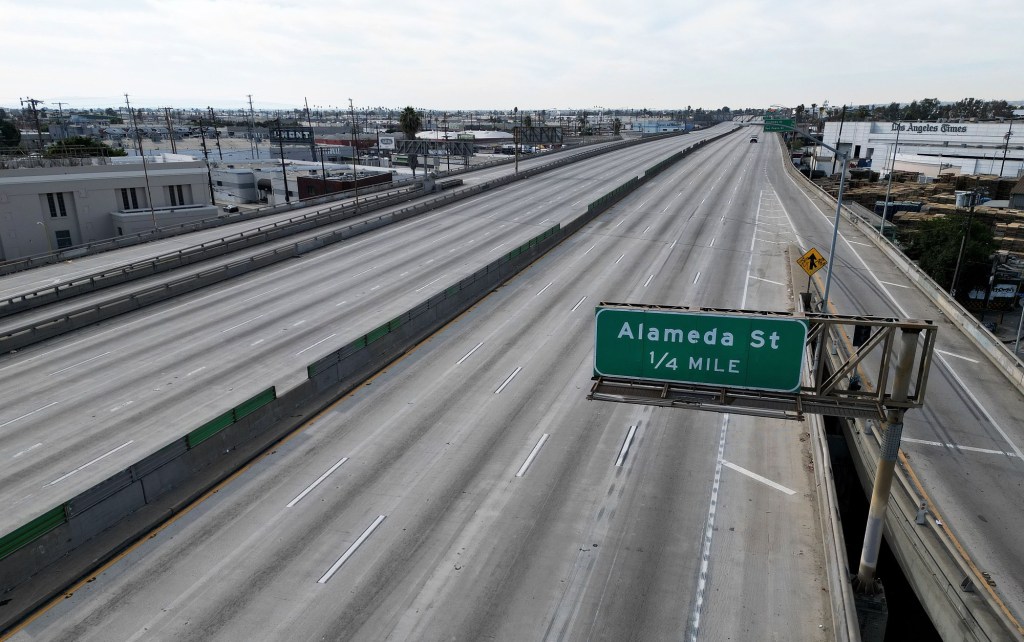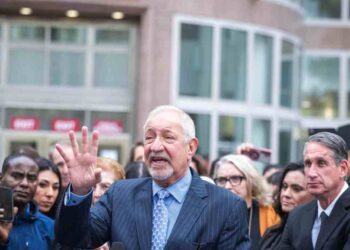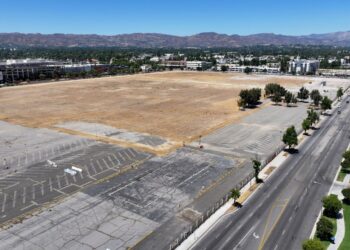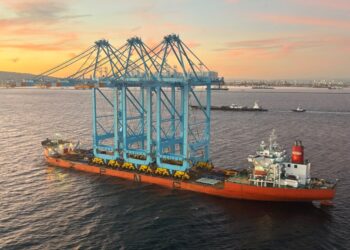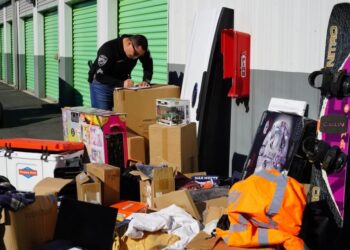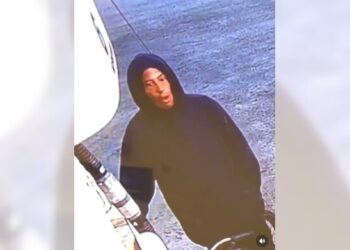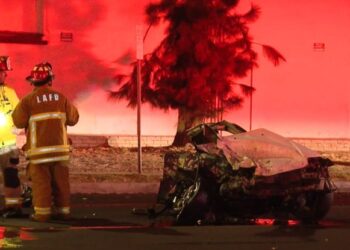Most are calling the mile-long closure of the 10 Freeway between Alameda Street and the East Los Angeles Interchange a nightmare, with names like “Carmegeddon 2” popping up on social media.
But on Monday, Nov. 13, the first work day since the Saturday fire damaged freeway columns and prompted the closure of all lanes in both directions, some see it as an opportunity to change traveling behavior and alleviate the bumper-to-bumper gridlock that normally occurs on the 10 Freeway into and out of downtown Los Angeles.
Transit agencies are adding service, while others are pointing out that the options for Southern Californians trying to connect with work places in downtown Los Angeles and on the Westside are more plentiful than during previous freeway closures. They include the closure of the 405 Freeway in the Sepulveda Pass for a weekend in July 2011 (i.e. Carmeggedon) for a new bridge and widening, to the collapse of the Santa Monica Freeway (10) due to the Jan. 17, 1994 Northridge earthquake.
“We have so many better options now than we did back then, in 1994,” said Lisa Levy Buch, spokesperson for the Metro Foothill Gold Line Construction Authority, the agency building an extension of the Metro A Line from Azusa to Pomona, set to be completed the first week of January 2025.
A sign on the 10 Freeway urges motorists to use public transit instead of hopping onto the 10 Freeway into downtown. “Your best option is to travel by public transit,” said Laura Rubio-Cornejo, general manager of the Los Angeles Department of Transportation on Monday.
LA Metro’s A Line has 44 stations and runs 48.5 miles from Azusa to Long Beach and is touted as an alternative to the 110 and 210 freeways, which may get more congested due to the closure of the 10.
Metro’s E (Expo) line, a 22-mile light-rail line, runs parallel to the 10 Freeway and has 29 stations between East Los Angeles and Santa Monica. The train line takes passengers from East L.A. to downtown, USC,…
Read the full article here

